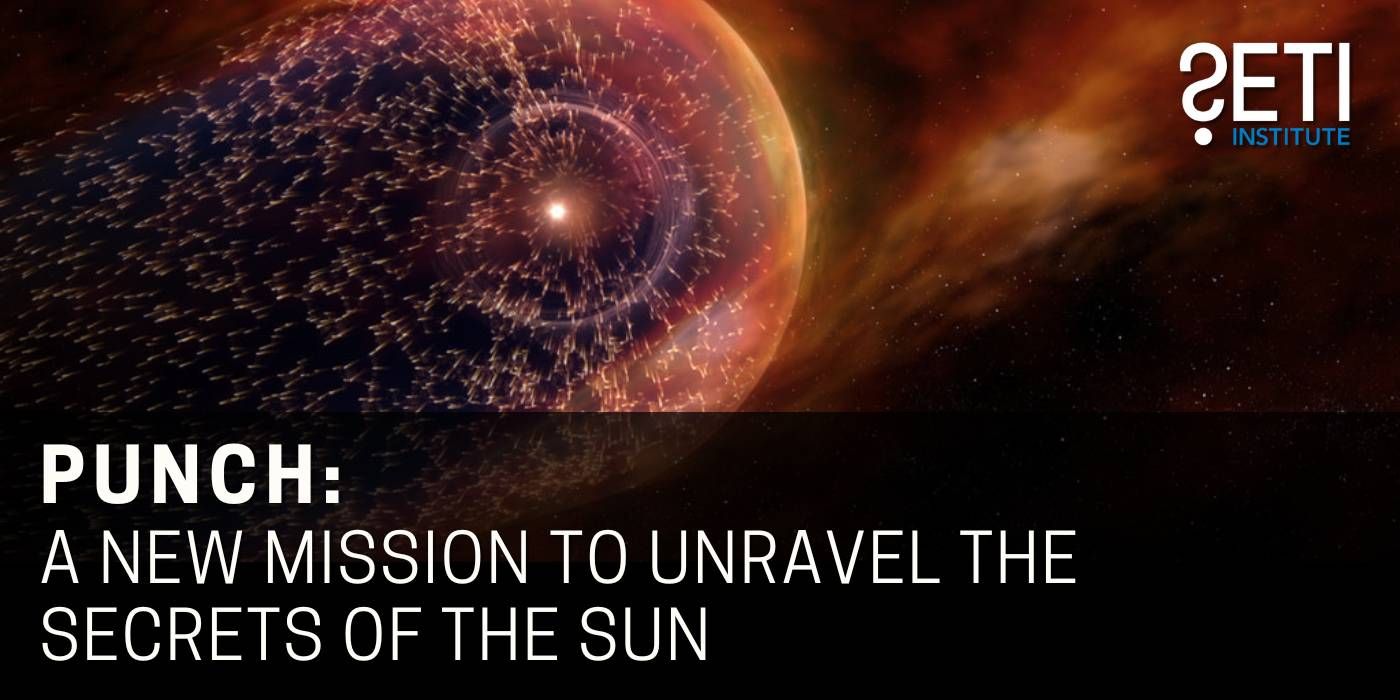
The Sun, our closest star, is a powerful and dynamic force, influencing Earth and the entire solar system.
In a recent SETI Live, Dr. Simon Steel, Deputy Director of the Carl Sagan Center, and Dr. Rebecca Robinson, Outreach Lead of MUSE, discussed NASA’s upcoming mission: PUNCH, Polarimeter to Unify the Corona and Heliosphere.
The aim of this mission is to provide an unprecedented view of how solar material moves from the Sun into interplanetary space, helping scientists predict space weather events that can impact Earth.
PUNCH: An Overview
PUNCH consists of four small spacecraft, each about the size of a suitcase, which will work together in a constellation to study the Sun’s outer atmosphere and the solar wind. Currently at Vandenberg Space Force Base, the mission is awaiting launch on March 11, 2025 alongside another NASA mission, SPHEREx, marking an exciting step forward in solar and astrophysical research.
Unlike traditional space telescopes, PUNCH is equipped with specialized cameras, including a polarimeter, which measures the polarization of light. This allows scientists to track how light scatters in space, providing key insights into the solar wind (the stream of charged particles constantly flowing from the Sun).
Exploring the Sun with PUNCH
The PUNCH mission will focus on two major regions:
-
The Corona: The Sun’s outer atmosphere, which becomes visible during a solar eclipse.
-
The Heliosphere: The vast region of space dominated by the solar wind, which stretches across the entire solar system.
PUNCH will track solar material as it moves from the corona into the heliosphere, capturing events such as coronal mass ejections (CMEs)—massive bursts of solar plasma that can disrupt satellite communications and power grids on Earth.
Complementary Missions
PUNCH will work alongside other solar missions, including Parker Solar Probe. While Parker gathers detailed measurements of the solar wind up close, PUNCH will provide a big-picture view, helping scientists to connect the dots between the Sun’s surface and its influence on space.
Connecting Science and Culture
Beyond its scientific objectives, PUNCH also emphasizes public outreach, drawing connections between ancient and modern sun-watching traditions. The mission’s engagement efforts include collaborations with historical solar observatories, such as those in Chaco Canyon, New Mexico, where indigenous cultures closely observed the Sun for centuries.
With its innovative approach, PUNCH is set to transform our understanding of the Sun and its impact on Earth.
Watch the video below to know more about the PUNCH mission and its role in studying the Sun, or check out A Punch for the Sun: NASA's Polarimeter to Unify the Corona and Heliosphere on our YouTube Channel.
News
Related News
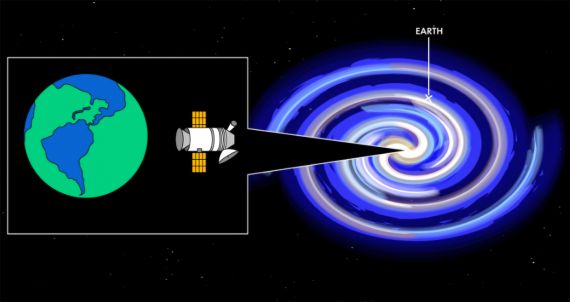
Earth Detecting Earth
#Solar System #Heliophysics #SETI Live Blog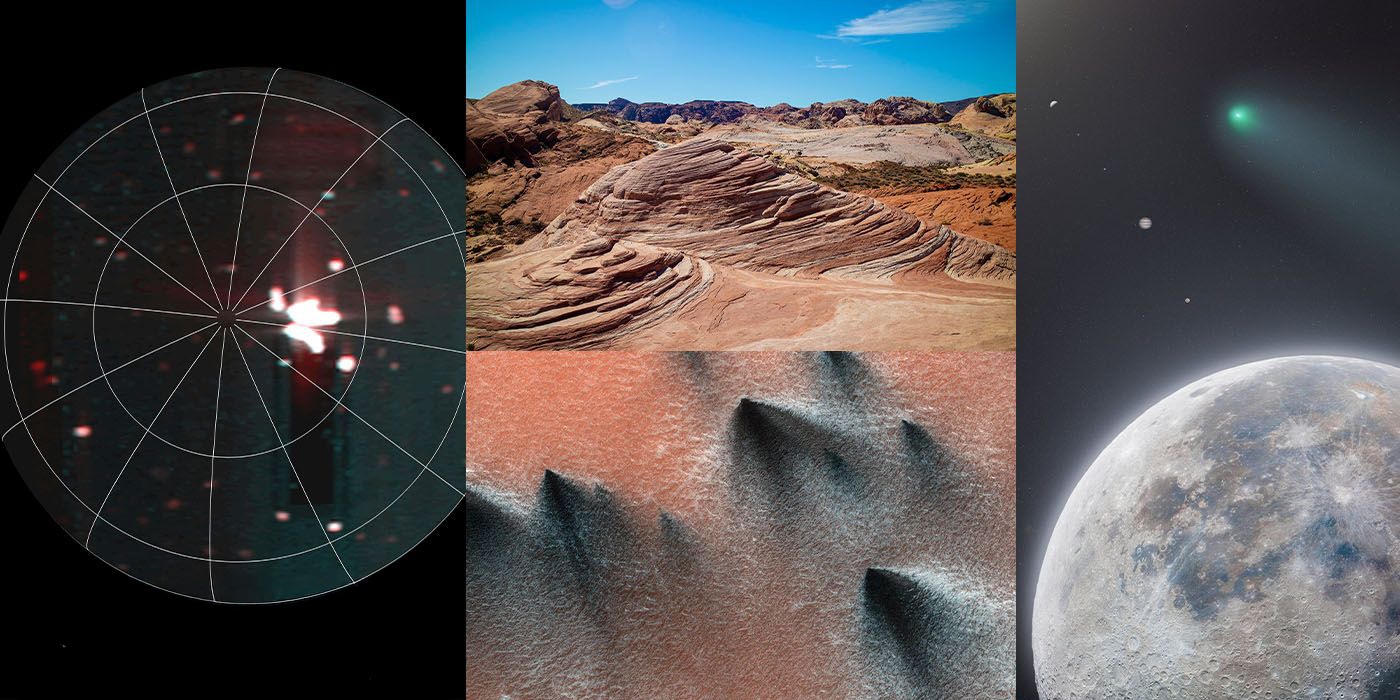
Planetary Picture of the Day - Week of January 27, 2025
Interesting features on our world and other worlds, as well as a planetary parade! #Solar System #Heliophysics #SETI Live Blog
Asteroids, Neon Cats & Music From The Moon – London Becomes A Free Cosmic Playground
#Solar System #Heliophysics #SETI Live Blog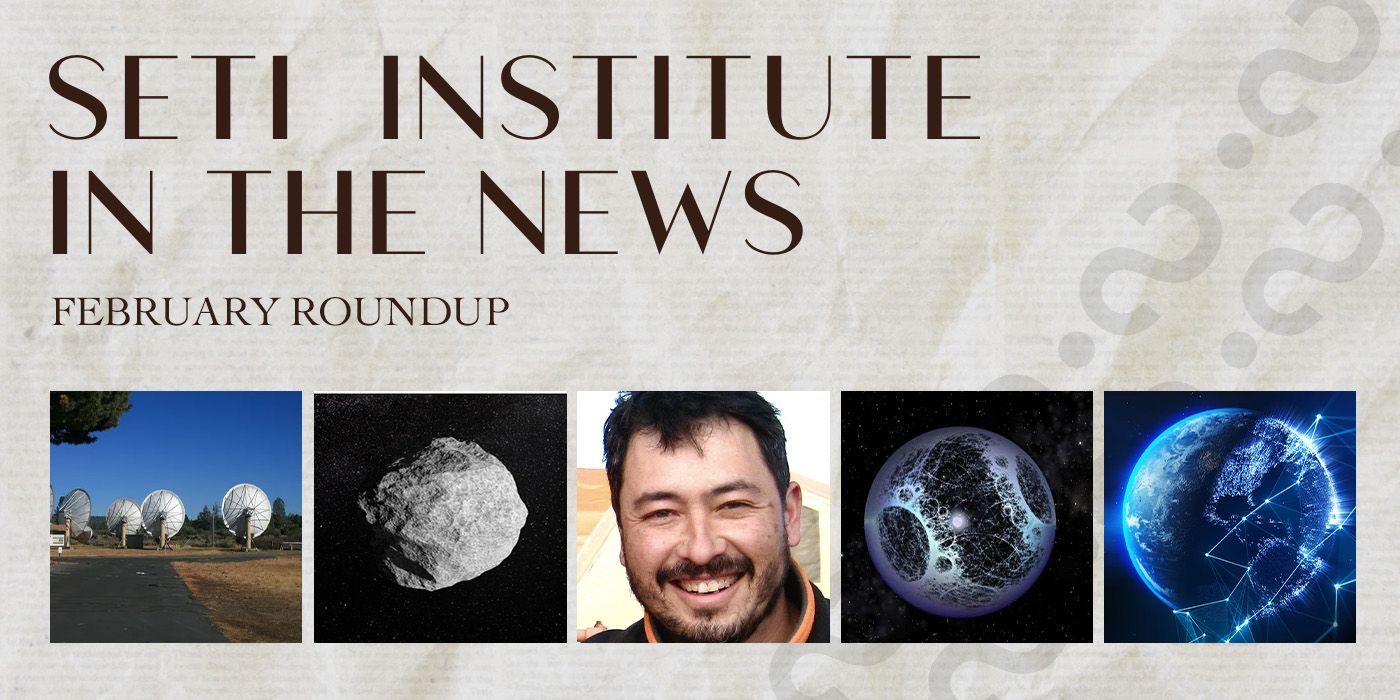
SETI Institute in the News: February Roundup
SETI Institute in the News: February Roundup #Solar System #Heliophysics #SETI Live Blog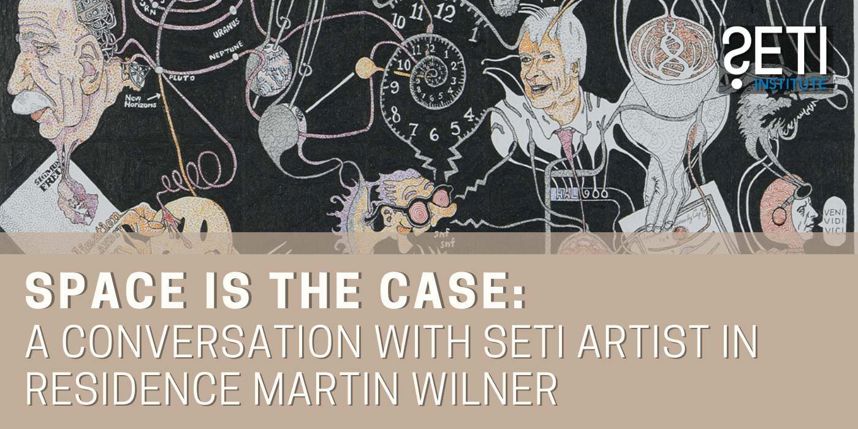
Space is the Case: A Conversation with SETI Artist in Residence Martin Wilner
#Solar System #Heliophysics #SETI Live Blog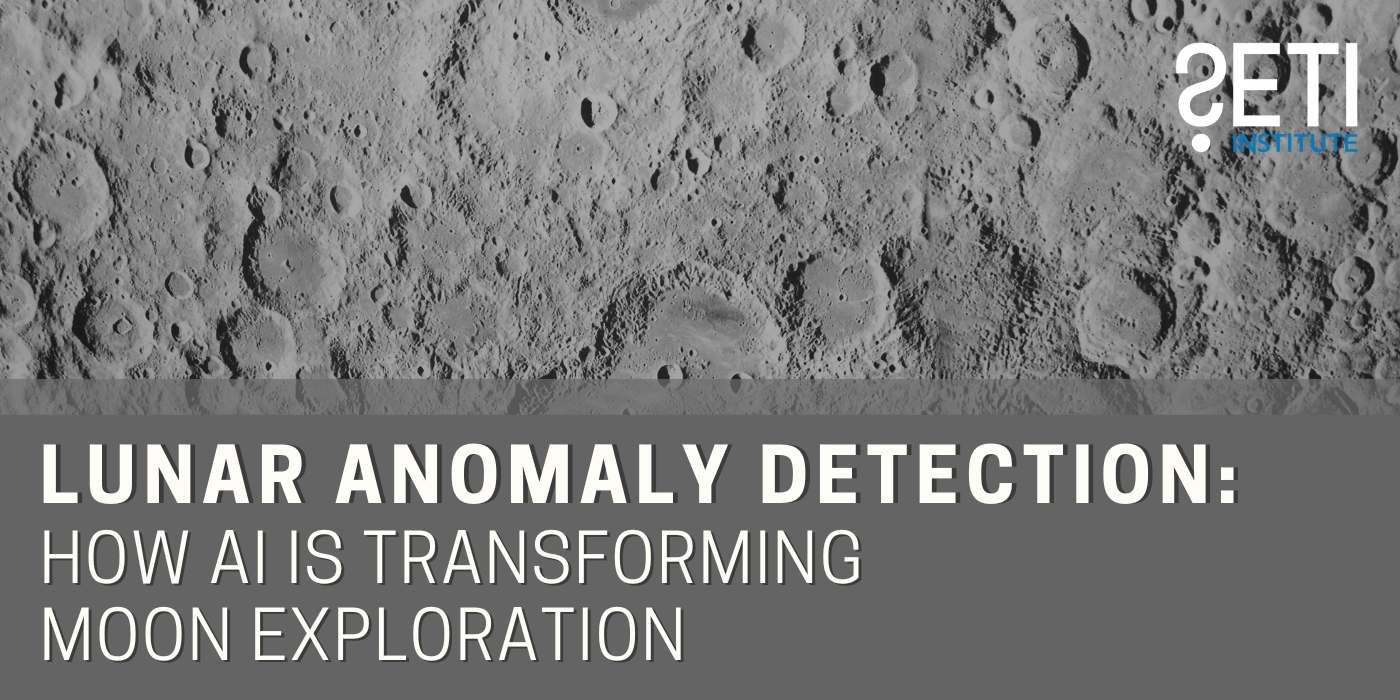
Lunar Anomaly Detection: How AI is Transforming Moon Exploration
#Solar System #Heliophysics #SETI Live BlogResearch
Related Projects
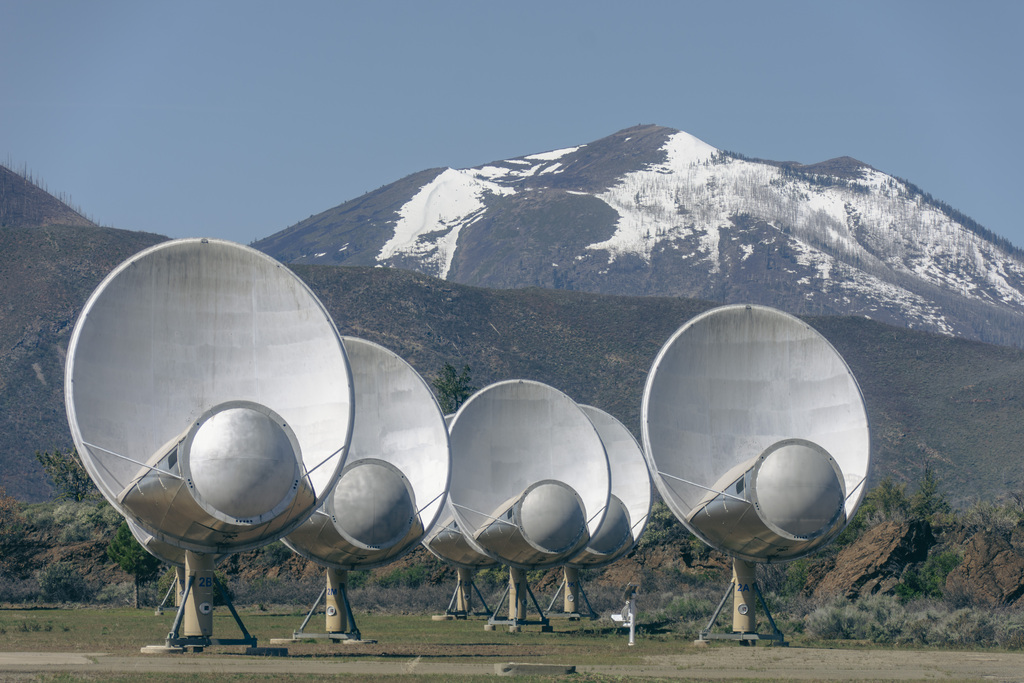
The Allen Telescope Array (ATA)
The ATA is the first radio telescope designed from the ground up to be used for SETI searches. #Solar System #Heliophysics #SETI Live Blog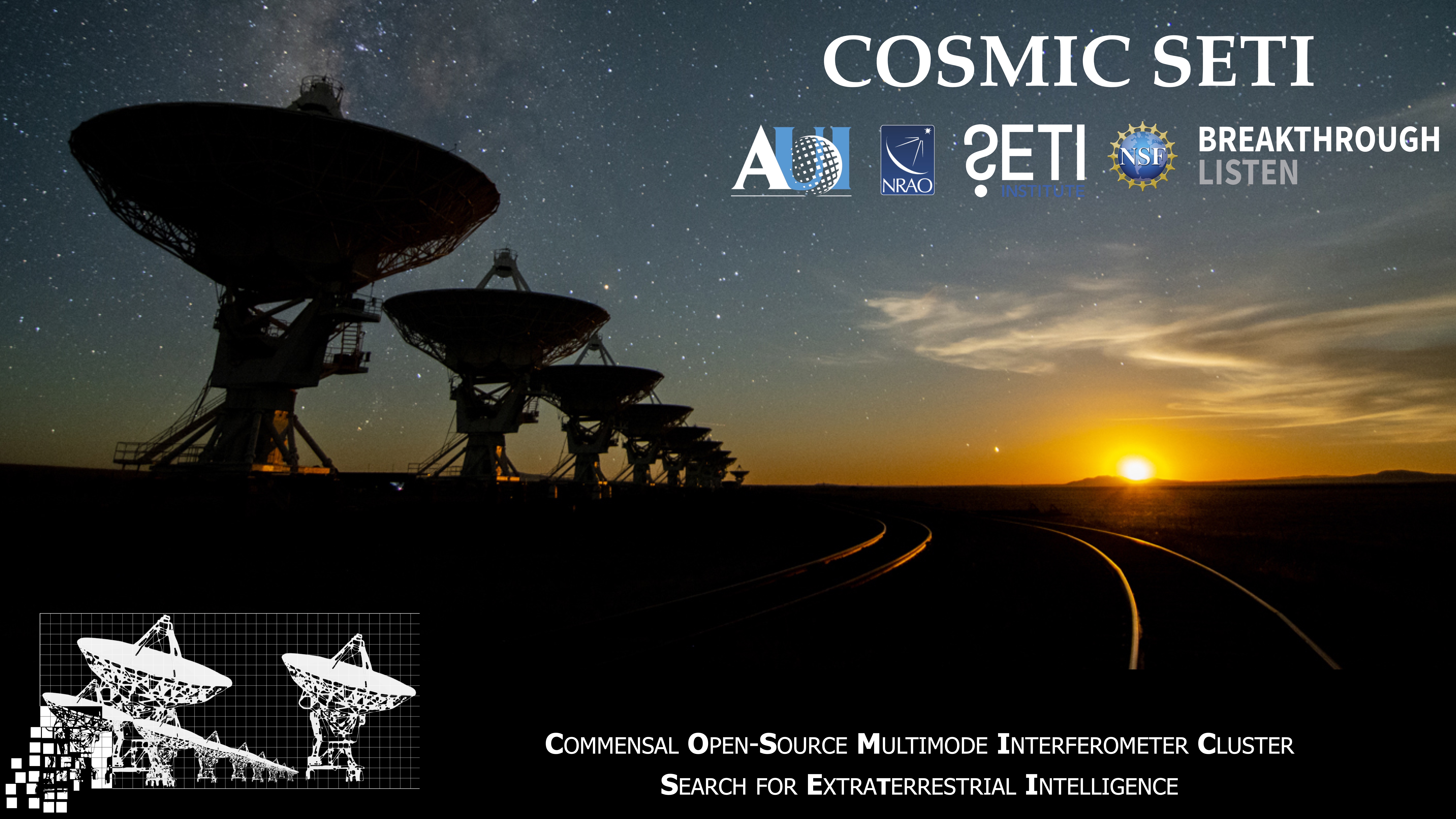
COSMIC
The Commensal Open-Source Multimode Interferometer Cluster (COSMIC) is a new commensal Ethernet-based digital signal processing backend and computer cluster on the VLA in New Mexico operated through the NRAO. #Solar System #Heliophysics #SETI Live Blog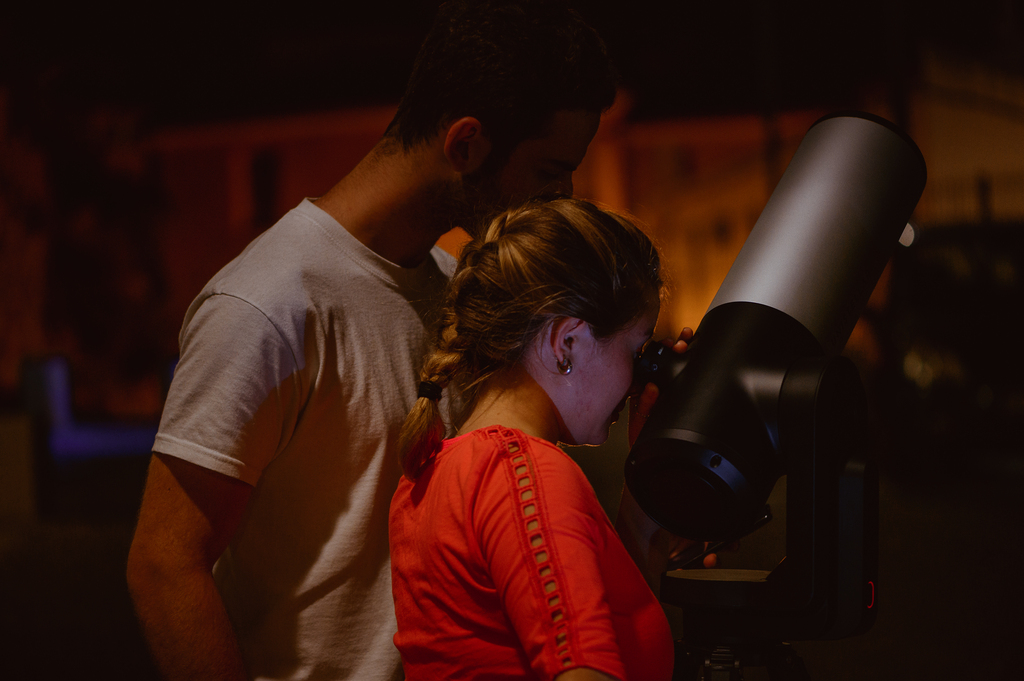
Unistellar Network
Leverage your eVscope's power and join a community of users to image intriguing astronomical events such as supernovae and exoplanet transits, while making a valuable contribution to research. #Solar System #Heliophysics #SETI Live BlogSupport the
SETI Institute
Scientists are getting closer in their search for life beyond earth. But with limited federal funding for the search for extraterrestrial intelligence, supporters are the reason cutting-edge scientists can keep their eyes on the sky.
)
